Dandelion greens belong to one of the largest plant families — the sunflower — which include more than 20,000 species, such as daisies and thistles.
The first reference of dandelions being used as a medicine was written by Arabian physicians in the 10th and 11th centuries. Welsh medicines concocted as early as the 13th century made use of dandelions, too.
When gathering dandelion greens, avoid harvesting in places that may be contaminated with harmful substances such as pesticides and other toxic chemicals. You should also make sure that you’re picking greens from real dandelions and not from other similar-looking plants to avoid consuming inedible portions that may put your health at risk.
The best time to pick dandelion greens is during spring. Choose the ones that are young and tender, since these typically have a milder flavor. Once harvesting is completed, rinse them well with cool water and dry thoroughly before wrapping them loosely in paper towels and storing them in the crisper drawer of your refrigerator, where they can keep for up to a few days.
Blanching dandelion greens for around one to two minutes may help reduce a sometimes-present acrid taste before adding them to salads. Other ways to enjoy dandelion greens is to add them in soups or stews, as well as herbal teas.
Health Benefits of Dandelion Greens
Folk medicine claims the dandelion plant is a powerful healer, traditionally used to purify the blood, address digestion-related problems and manage liver conditions, among other maladies.
Dandelion greens contain high amounts of vitamin K, which may help strengthen bones as well as lower the risk for Alzheimer’s disease by limiting neuron damage in the brain. They’re also an excellent source of vitamin A, an antioxidant that’s particularly beneficial for your skin and visual health.
Dandelion greens also contain the flavonoid zeaxanthin, as well as the carotenoid lutein, both of which may help shield the retina from ultraviolet rays and reduce the risk for eye damage. The carotenoids alpha-carotene and beta-cryptoxanthin are present in dandelion greens as well — these compounds have been found to help lower the risk of lung and mouth cancers.
Dandelion greens also contain iron, which is crucial for generating red blood cells, and potassium, which may help regulate heart rate and blood pressure. Other nutrients found in this leafy green include vitamins C and B6, thiamin, riboflavin, calcium, magnesium, manganese, folate, phosphorus and copper.
Dandelion Greens Nutrition Facts
To learn more about the nutritional prowess of dandelion greens, check out this nutrition facts table:
| Dandelion Greens Nutrition Facts
Serving Size: (100 grams), raw |
||
| Amt. Per Serving |
||
| Calories | 45 | |
| Total Fat | 0.7 g | |
| Saturated Fat | 0.17 g | |
| Trans Fat | ||
| Cholesterol | 0 mg | |
| Sodium | 76 mg | |
| Total Carbohydrates | ||
| Dietary Fiber | 3.5 g | |
| Sugar | 0.71 g | |
| Protein | 2.7 g | |
| Vitamin A508 µg | Vitamin C | 35 mg |
| Calcium187 mg | Iron | 3.1 mg |
Studies Done on Dandelion Greens
Studies on dandelion greens’ potential benefits are quite limited. A 2008 study published in Nutrition Research and Practice revealed that extracts of young dandelion leaves may help lower the risk for obesity because of its supposed strong pancreatic lipase inhibitory activity.
Another study published in the International Journal of Molecular Science showed that dandelion leaf and root extracts have hypolipidemic and antioxidant effects. Researchers concluded that these parts of the dandelion plant may help “protect against oxidative stress-linked atherosclerosis and decrease the atherogenic index.”
Dandelion root extract may also reduce cancer risk, halting the growth of melanoma cells without inducing toxicity in noncancerous cells — even those cells considered to be drug-resistant.
Dandelion Greens Fun Facts
The Middle English form of dandelion — dent-de-lioun — reveals the word’s French origin: dent de lion, meaning “lion’s tooth,” indicating the plant’s sharply indented leaves.
Summary
While dandelions are a nuisance to those who prefer a pristine lawn, they’ve been shown to have many nutritional benefits, yielded over centuries in the areas of folk medicine and healthy eating.
This plant was traditionally used as a liver tonic, and was given to people with jaundice, gastrointestinal problems, eczema and fever, among other maladies. Modern research found that the leaves contain a variety of compounds with powerful antioxidant properties, including vitamin A, lutein and zeaxanthin. Dandelion greens also provide a wide array of other vitamins and minerals, including iron, potassium and vitamin C.
Highly nutritious as an ingredient in salads, you can add dandelion greens into soups, stews and herbal teas to reap its potential health benefits.

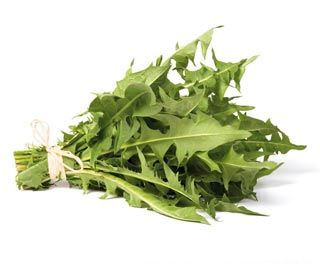
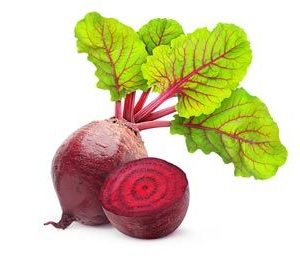
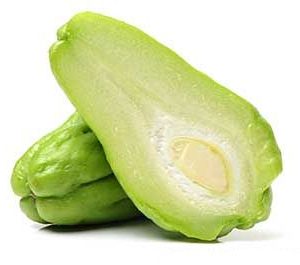
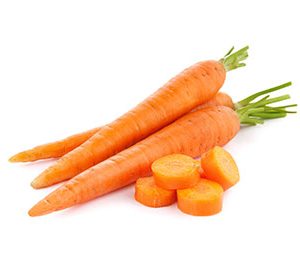
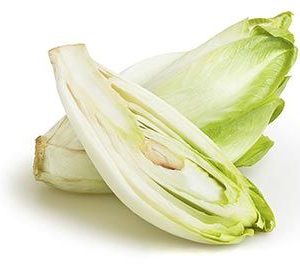
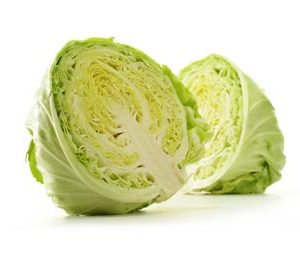
Reviews
There are no reviews yet.